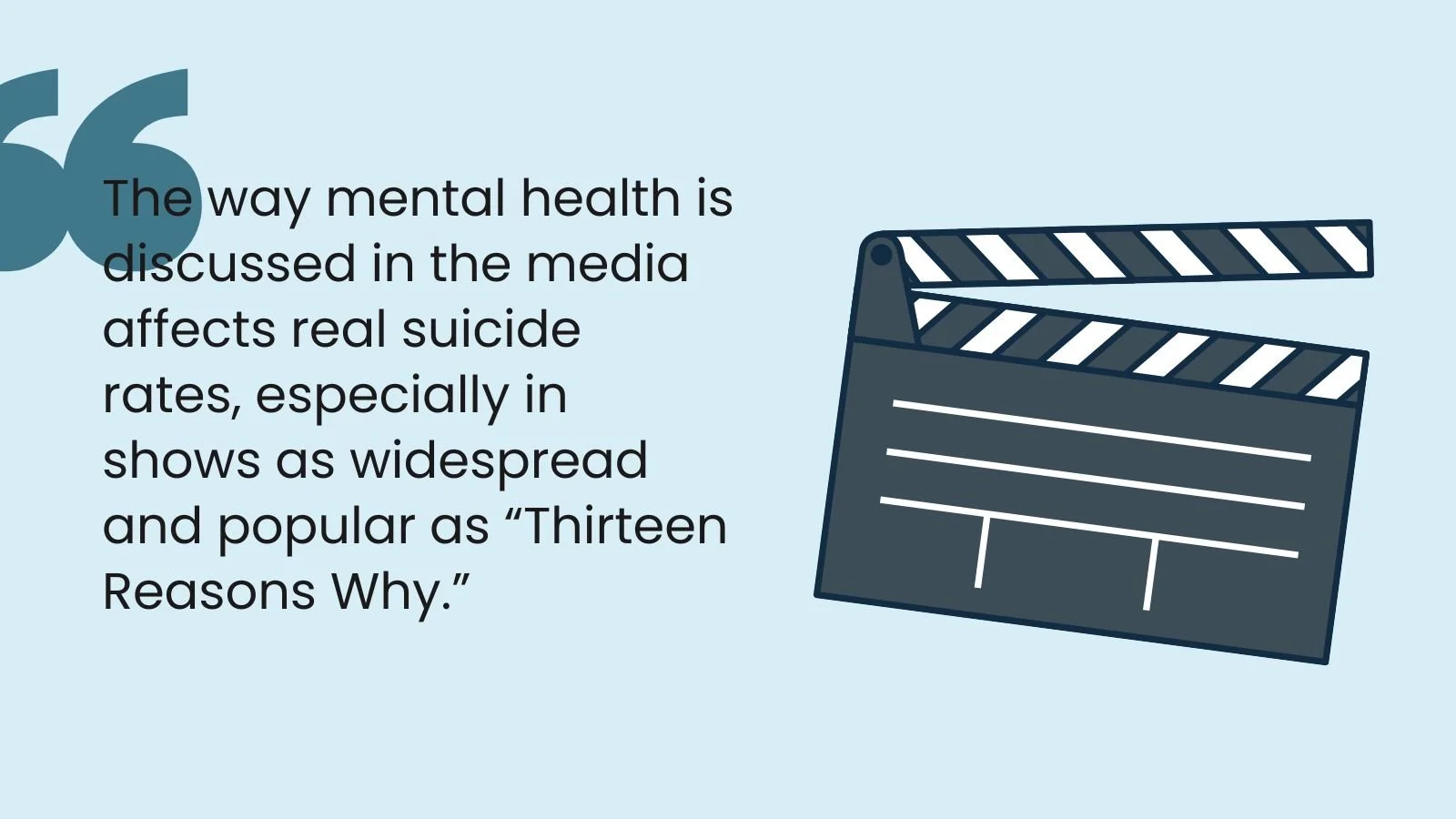How Social Media is Challenging Our Perceptions of Mental Health
While scrolling through Instagram yesterday, I noticed lots of mental health content on my feed. The reels encompassed a variety of subjects, from self care tips to discussions about symptoms of different mental health conditions.
In recent years, mental health has become a big topic for discussion, especially with the growing mental health crisis affecting one in five adults and one in three teens. Close to two thirds of these mental illnesses remain untreated because of stigma and an inability to recognize symptoms.
At the same time, the rise of social media has changed the way we learn and share information. Although social media can be detrimental to mental health, it also offers a valuable outlet for us teenagers to educate ourselves and discuss mental health topics. This access to an array of stories, tips, and resources encourages more open dialogue, thus breaking down the most common barriers to receiving treatment.
But despite these benefits, misinformation remains, and users should be cautious in following advice from social media platforms.
Reducing Stigma
When people consider the impact of social media on mental health, they almost always think negatively. And that view isn’t completely false. Numerous studies have found that social media can lead to higher risks of depression and self-esteem issues.
However, it’s also important to address the ways social media has facilitated conversations about mental health and reduced the stigma against sharing about it. In fact, the #MentalHealth hashtag has billions of views and a whopping 50+ million Instagram posts!
One of the biggest reasons that people don’t seek mental health care is stigma. People are generally too afraid to reach out for help. But these mental health posts help open the discussion, especially as influencers and celebrities share their stories.
Improving Representation
Mental health challenges are often trivialized or overgeneralized by the media. For example, people often think that depression is a choice. OCD is used simply as an adjective to describe people who value cleanliness and organization, despite the fact that it’s a very real and often debilitating disorder.
These harmful portrayals can lead to internalized feelings of shame and low self-esteem, leading people to avoid speaking out and seeking treatment. It can also lead to inaccurate ideas about the symptoms of mental health conditions.
For example, there was a lot of criticism surrounding “Thirteen Reasons Why” because of the way it represented suicide as a way to gain attention and revenge. It never acknowledged the role of depression in suicide, almost making it seem that suicide is a normal and acceptable response when someone has experienced harassment and trauma. Of course, this is completely untrue, and the show doesn’t touch on the hotlines and other resources available for those struggling with mental illness. It also disregards the guidelines set by the American Foundation for Suicide Prevention on discussing suicide properly without sensationalizing it.
Although these may seem like minor problems, the way suicide is discussed in the media affects real suicide rates, especially in shows as widespread and popular as “Thirteen Reasons Why,” which is why it’s so important that mental health representation is done correctly.
Misinformation and Self-Diagnosis
Overall, social media has drastically improved mental health awareness. However, several major problems have arisen, one being the flood of people self-diagnosing themselves with mental health challenges without consulting a licensed professional.
Some social media posts display possible symptoms of mental health challenges, which can actually cause people to invent symptoms in their head that aren’t really there. For instance, teens have been increasingly reporting tics, which are usually pretty uncommon. The authors of a recent study “believed this to be an example of mass sociogenic illness, which involves behaviors, emotions, or conditions spreading spontaneously through a group.” Essentially, people were learning how to develop tics from TikTok and other social media platforms.
Although many of these videos and posts are likely not intended for people to make their own diagnoses, it does often lead to people making inaccurate assessments, which is why it’s important to ALWAYS consult a professional for their opinion.
This is especially true because a lot of conditions can have similar or overlapping symptoms and a person may have multiple conditions at a time. A lot of information spread on social media is also false and not supported by fact or science. Nobody should give a diagnosis unless they have met the specific education and licensing requirements.
The Future
When considering social media and mental health, it is essential to acknowledge both the improvements made and the challenges that persist. While social media has revolutionized the way we view mental health by reducing stigma and allowing people to gain more nuanced understandings than they otherwise would, it can also lead to misinformation and self-diagnoses.
Nevertheless, there is hope for the future. More than half the world uses social media (that’s over five billion people), making it one of the most prominent ways for people to learn and share information. Many of these people will encounter mental-health related content, hopefully allowing it to gain traction. Moving forward, I hope for a world where mental health discourse on social media is accessible but also one where people learn to approach what they see with caution and discernment.


